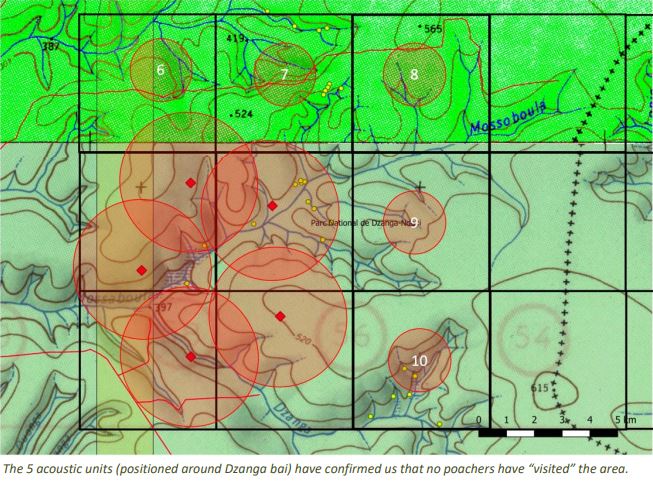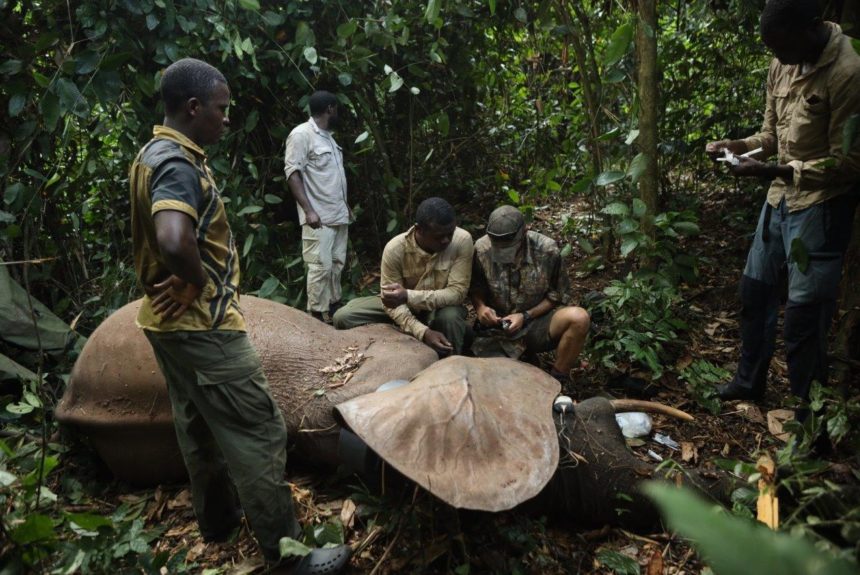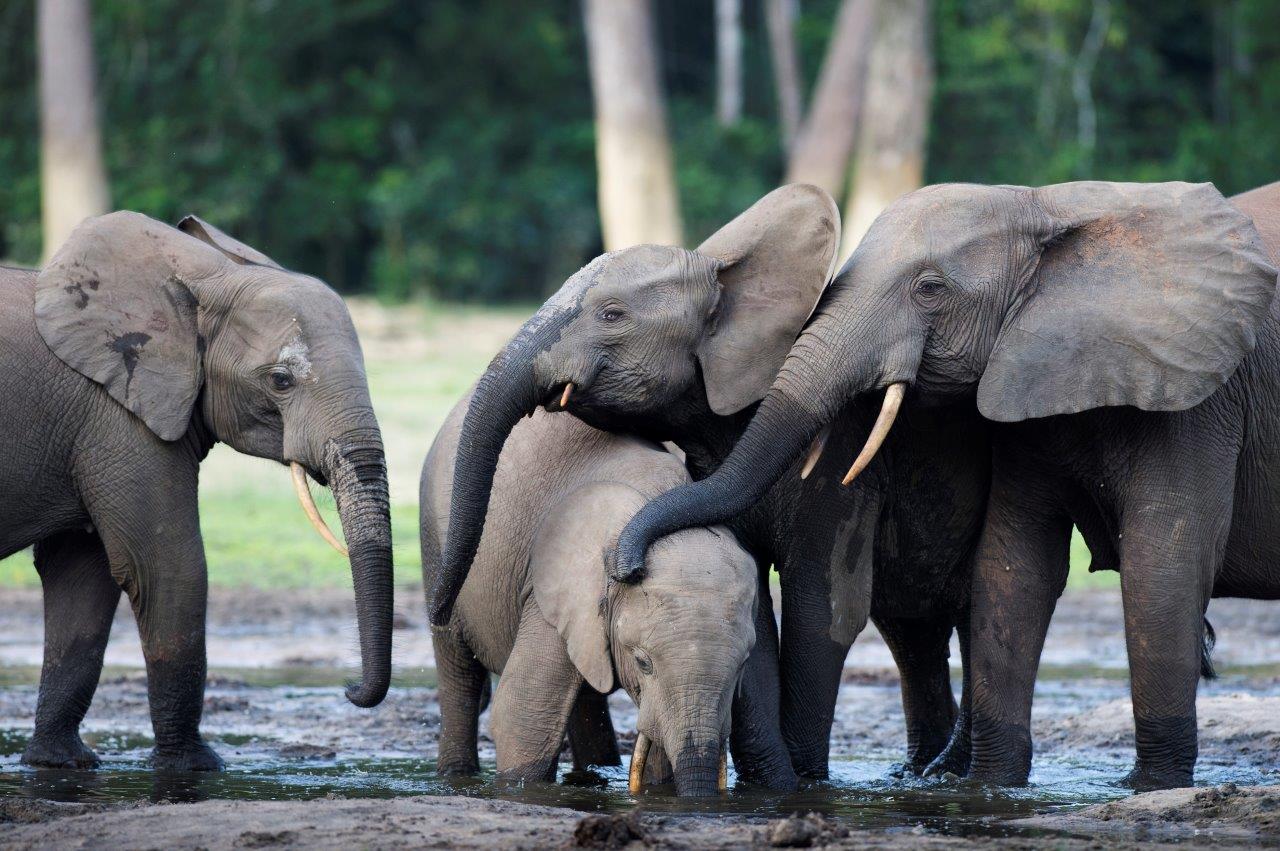How Collaring Helps to Conserve Forest Elephants
We’ve partnered up with Dzanga Sangha to fund the collaring (and monitoring) of Critically Endangered forest elephants in the Dzanga Sangha Protected Area in the Congo Basin – the largest intact forest block remaining in the Central African Republic. You can find out more here.
Forest elephant populations have crashed by as much as 60% since 2008 due to poaching and habitat degradation. Loss of habitat can lead to conflict as humans and elephants are forced to live in closer proximity.
One of the greatest challenges in this dense and remote landscape is understanding forest elephant ecology. Compared to savannah elephants very little is known about forest elephant movements. If we can understand where the elephants go, and why, then it is possible to implement better ways to protect them and to focus on safeguarding specific areas of their habitat.
Analysing data captured by tracking collars helps to build up a detailed picture of elephant movements, and provides clues to how they use/interact with the landscape. The funds we raise will not only support the fitting of elephant collars but also monitoring for 24 months.
Eavesdropping on Elephants
In addition to the use of GPS collars, other fascinating methods are being used to build up a more detailed picture of elephant life in the Congo Basin.
Through our partnership with DSPA we’ve been really interested to learn about the Elephant Listening Project, and how acoustic analysis or infrasound is being used as an additional tool to understand what goes on in the forest. Researchers are literally ‘listening’ in…
Rumble in the Jungle
Infrasound is sound that is below the threshold of human hearing. The human ear may only detect around 40% of an elephant’s low-frequency rumble.
Low frequency sound can travel further through the forest, compared to higher-frequency sound, so it is possible that forest elephants have the ability to communicate over several kilometres.
The Elephant Listening Group is a collection of dedicated individuals who are tuned in to these elephant rumbles and are working to decipher the different vocalisations.
By analysing the sounds recorded in the forest and watching video footage including infared footage taken at night, the team are learning about elephant life, and are able to match certain sounds including rumbles, trumpets and screams, with certain behaviours. Some are easier to understand than others, for example greetings, or distress calls.
Anti-poaching
Acoustic analysis is also helping anti-poaching efforts in this remote and vast landscape.
Acoustic units were placed at five locations around Dzanga Bai – the recordings were analysed by the Elephant Listening Project. The project found that no shots from any type of weapon were fired in the area throughout the months of April, May, and June, which is the period that the study lasted. More units will now be installed in other areas of the park.

Images: DSPA. Miguel Bellosta



